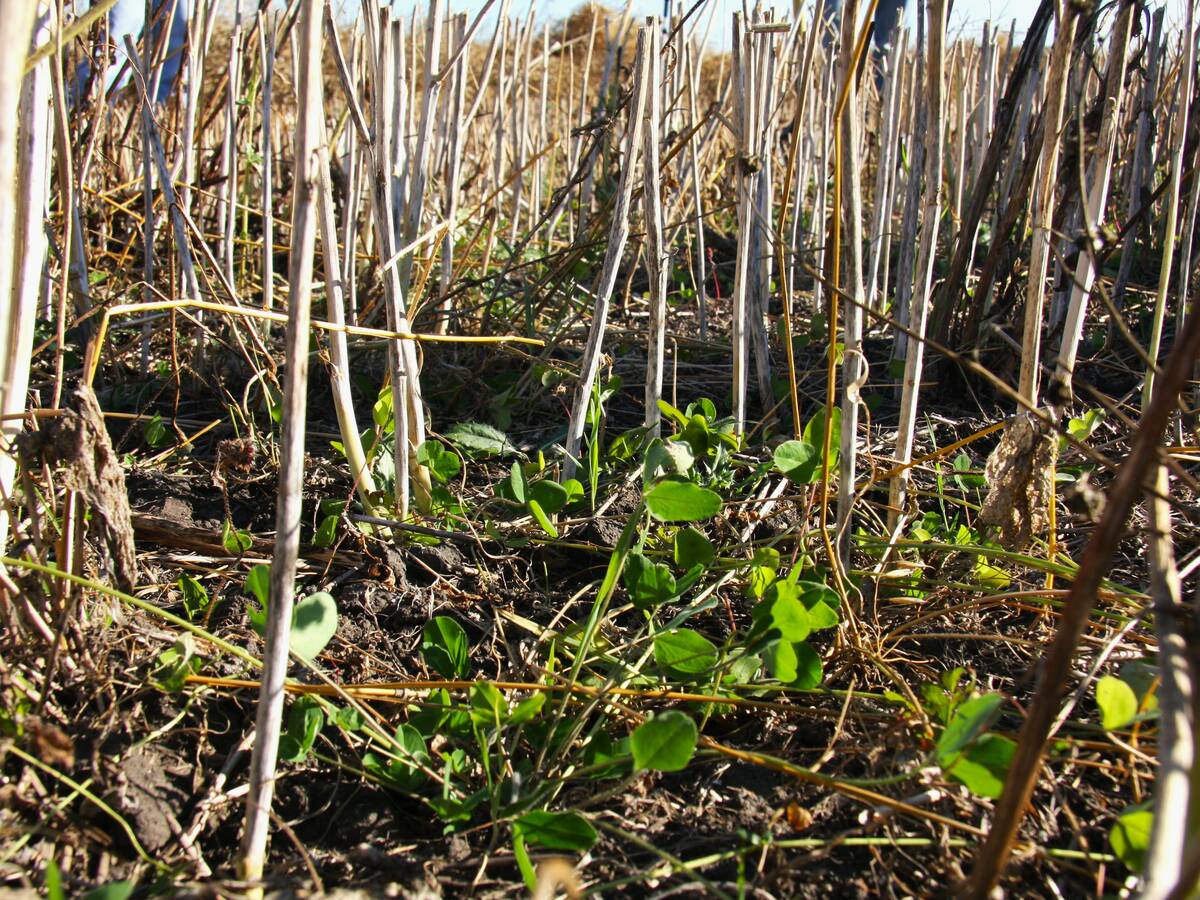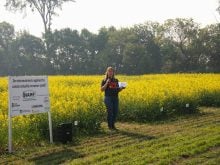In the first week of April I attended Murray Hartman’s Science-O-Rama in Edmonton, which was an Alberta Canola production.
Alberta’s provincial oilseed specialist, Murray Hartman, hosted the presentations and discussions that focused on the science of canola.
Here are a few stories I wrote that are based on a some of the lectures.
Video: Do more bees mean more canola in the bin?
Up to 95 percent of seed canola yield is attributable to bee pollination, but it’s not known how much pollinators influence yields in commercial hybrid canola crops.
Read Also

Saskatchewan project sees intercrop, cover crop benefit
An Indigenous-led Living Lab has been researching regenerative techniques is encouraging producers to consider incorporating intercrops and cover crops with their rotations.
“This is where I come in,” said Alberta Agriculture researcher Shelley Hoover.
Blackleg pathogens studied to rate canola resistant cultivars
Farmers can no longer rely just on cultivar resistance to combat blackleg, says Ralph Lange of Alberta Innovates Technology Futures.
Incidence of blackleg started to increase rapidly in Alberta in 2011 when 80 to 90 percent of the canola in a field near Irma showed symptoms of the disease.
Video: Spraying at night may not be ideal time
Herbicide companies complete many trials to prove a product’s worth before it’s registered for use, but none of the trials include night spraying .
“The scientists wouldn’t even dream of doing that,” said Ken Coles, Farming Smarter general manager.
Video: Spore detector uses nanotechnology to provide early warning of disease
Farmers may one day be able to receive text messages telling them how many sclerotinia spores are in their fields.
Researchers from the University of Alberta hope the technology will make it easier for producers to time their fungicide applications.
The in-field biosensor that they are developing is intended to provide real time sclerotinia spore detection.
Video: Auxin research may hold key to heat resistance
When canola crops begin to bloom and the summer heat cranks up to around 30 C, there is nothing growers can do to protect their crops from heat-induced flower and fruit abortion.
But that may change as Jocelyn Ozga’s plant auxin research advances at the University of Alberta.
















